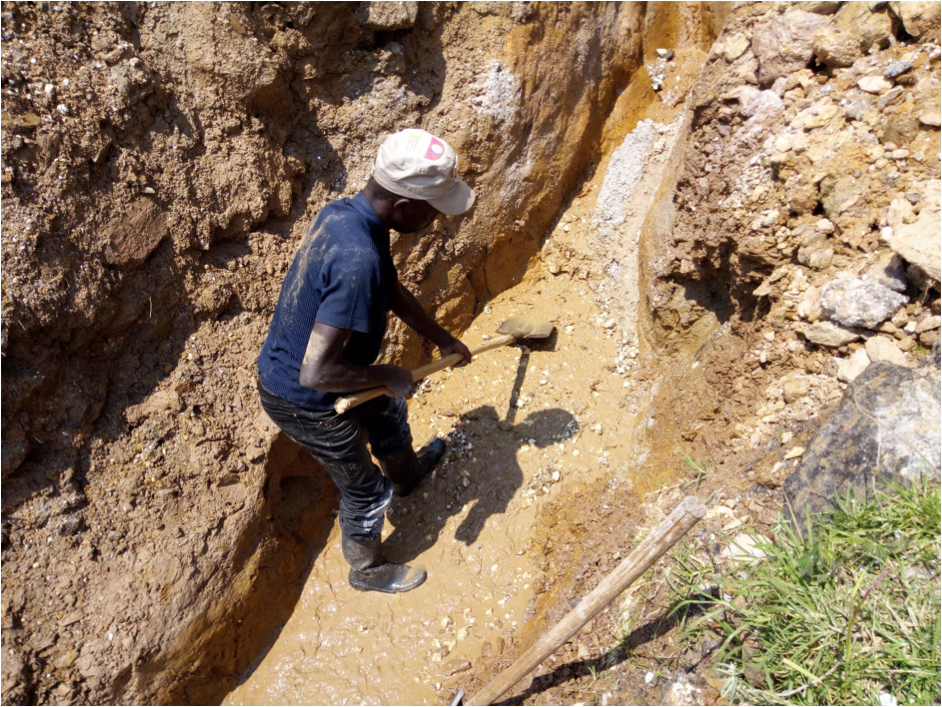TRAVELING CARD
USA
Ongoing San Antonio strike leads to musicians playing at orchestras across the country
SAN ANTONIO — Daniel Taubenheim woke up Friday morning from his new home in Phoenix, Arizona, remembering the first time he heard the San Antonio Symphony.
“I will never forget that experience. I just won a job with a professional orchestra and they sound amazing,” Taubenheim said.
He’s one of dozens of musicians who’ve found work at other orchestras across Texas and the nation due to the ongoing strike after symphony management proposed to cut pay and the size of the symphony.
The trumpeter had played with the San Antonio Symphony since 2016. Taubenheim also taught trumpet at local universities.
He resigned from his teaching positions at local universities but remains with the San Antonio Symphony during the ongoing strike.
Stripped health insurance combined with the proposal of reducing fulltime musician pay from $35,000 to $24,000 annually doesn’t bode well for the striking musicians.
“The symphony’s (San Antonio Symphony) financial proposals would have made a huge loss,” Taubenheim said.
Kenneth Freudigman has spent the last 21 seasons with the San Antonio Symphony as principal cellist.
“We are the seventh largest city in the country. It is a crime that we are on the edge of losing the symphony,” Freudigman said. “Their contract asking for an A/B split where there are a core which is not paying even a living wage and then a B which pays poverty levels is not a model that I want to be a part of.”
For the past several weeks, he’s played with the Atlanta Symphony.
“Atlanta gets it. They understand what a thriving arts community means to an entire city,” he said.
However, Freudigman stressed there are personal drawbacks to performing multiple weeks in a different city.
While that is great for me artistically and financially it’s helping me, it’s also the problem is that it’s taking me away from my family. It’s taking me away from my seventh grader who is back in school,” Freudigman said.
Stephanie Key and her husband are warming up for a Christmas concert alongside the Dallas Symphony Orchestra. While they’re grateful for the opportunity, Key noted she wishes she could perform in San Antonio.
But until there’s an agreement met between the symphony board and musicians union, Key will be playing her clarinet professionally at different organizations.
Key and other San Antonio musicians have received invites to perform from more than 30 orchestras nationwide. Cities include Pittsburgh, Baltimore, Los Angeles and New York.
“People can’t, they shouldn’t stay in San Antonio if they’re not going to be appreciated, they need to play,” she said.
Corey Cowart, executive director of the San Antonio Symphony expressed optimism in the future of the symphony despite the months-long strike that’s resulted in no agreed solution from both parties.
In a statement, Cowart said:
"We understand the difficult choice the extended contract negotiations and strike has forced on our musicians. We’ve offered binding arbitration and mediation with neutral mediators and arbitrators in an effort to resolve the strike before the musicians have had to make these decisions. So far, the musicians’ union has refused both and has not provided a proposal since September.
It's important to note that our musicians have always played in other cities both outside of our season and during it as well, so we are not surprised that they are performing in other symphonies at all - they've done so for years. In fact, several of our musicians had pre-planned sabbaticals or requested for leave to play with other organizations before the start of our season. We are fortunate that San Antonio is home to many talented musicians, we believe when a sustainable contract is achieved, we will retain and attract performers."
The ongoing strike has resulted in canceled performances including Handel's Mesiah, which was scheduled for December 22-23.
Meanwhile, Taubenheim is ready to perform for the Phoenix Symphony's Handel's Mesiah on December 17. After Taubenheim's one-year stint at the Arizona orchestra, it's not known for sure what the future holds. But he longs for the day when the strike ends and the San Antonio Symphony can make a comeback and perform at the Tobin Center.
“I’m happy to be performing. This orchestra’s (Phoenix Symphony) awesome. But yeah, the whole things been a little hard and just odd not being in my normal orchestra.”










